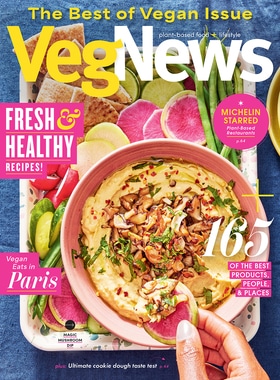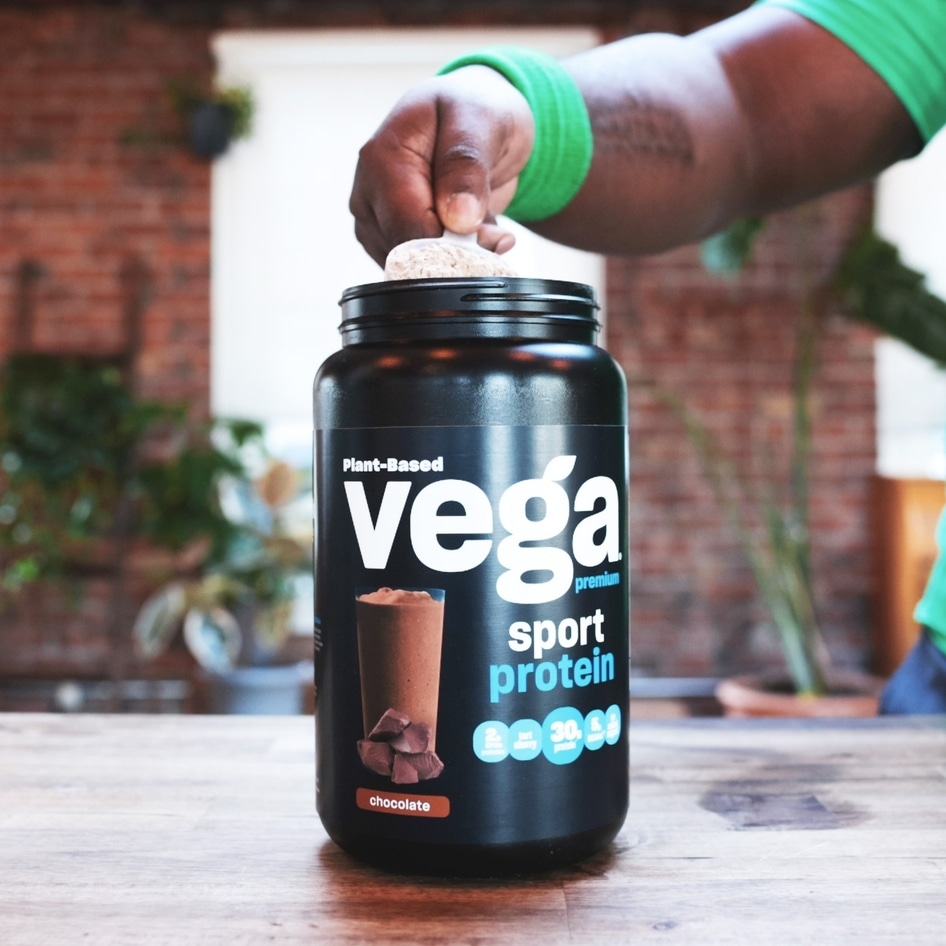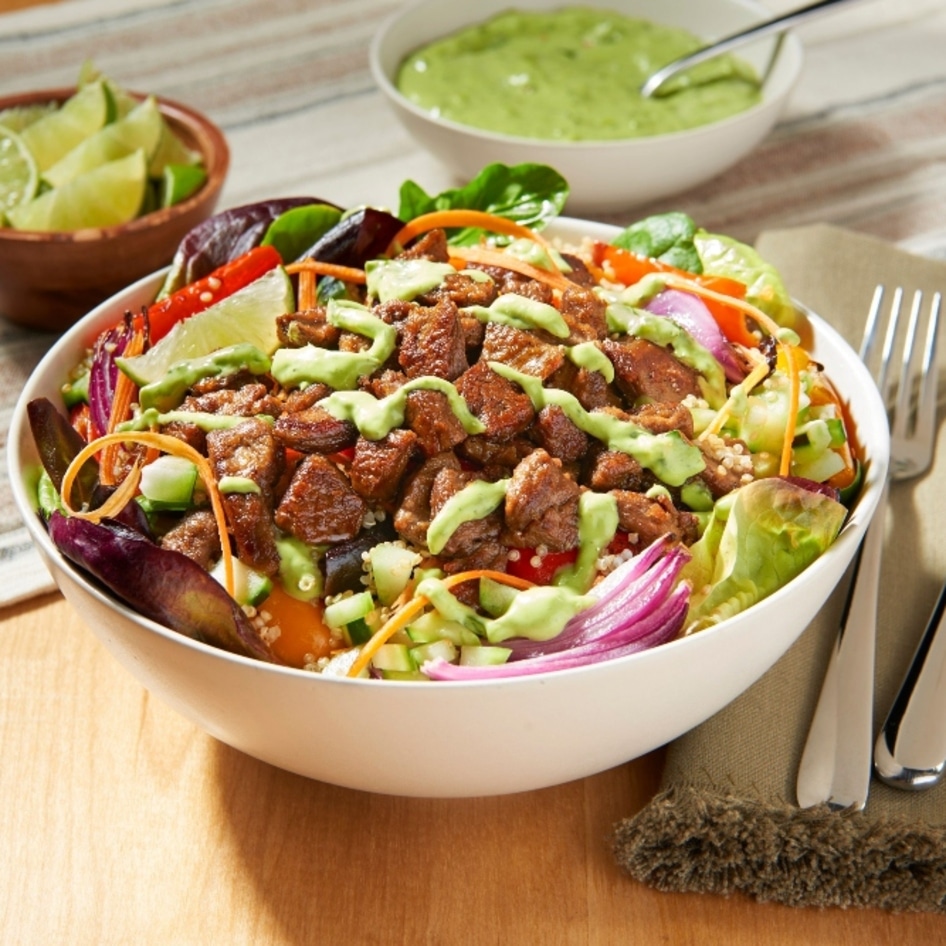Oat milk is everywhere these days. Its creamy texture and nutritional benefits make it a favorite at breakfast tables and cafés. It’s popular among vegans, flexitarians, and everyone in between. But does drinking oat milk contribute to the recommended daily intake of whole grains?
The US Department of Agriculture and the Dietary Guidelines for Americans recommend that adults consume at least six ounce-equivalents of grains daily, with half of those coming from whole grains. A single ounce-equivalent of whole grains contains roughly 16 grams of whole grain ingredients. This means that a person consuming a 2,000-calorie diet should aim for at least 48 grams of whole grains each day.
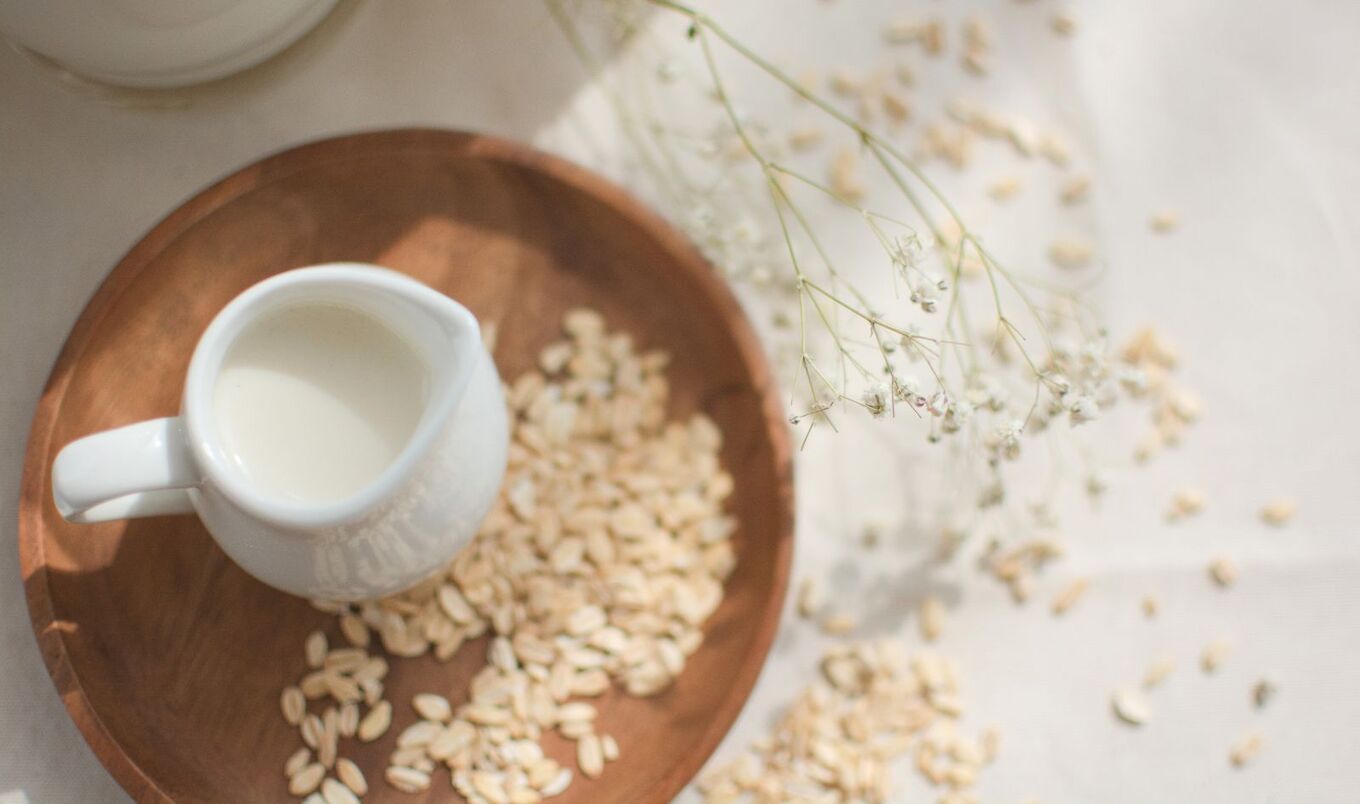 Canva
Canva
Whole grains retain all three parts of the grain kernel: the bran, germ, and endosperm. This structure ensures they provide essential nutrients, including fiber, protein, B vitamins, antioxidants, and healthy fats. Studies have linked whole grain consumption to numerous health benefits, including a lower risk of cardiovascular disease, improved digestion, and reduced inflammation.
“There are a variety of phytochemicals in whole, ancient grains including flavonoids and phenolic acids (antioxidant, anti-inflammatory properties) and phytosterols (heart healthy and improve the lipid profile) that can improve overall metabolic health and improve blood glucose and cholesterol management in type 2 diabetes,” Avantika Waring, MD, told Medical News Today.
“Several types of oat milk contain up to two grams of fiber and three grams of protein per cup,” Nichole Dandrea-Russert, MS, RDN told Prevention.
Oat milk’s whole grain content
Oat milk is produced by blending oats with water, then straining the mixture to remove solid particles. This process results in a smooth, drinkable liquid, but it also raises questions about how much of the whole grain’s benefits remain. Unlike traditional whole grain foods—such as oatmeal or whole wheat bread—oat milk undergoes processing that may strip some of the fiber and nutrients found in whole oats.
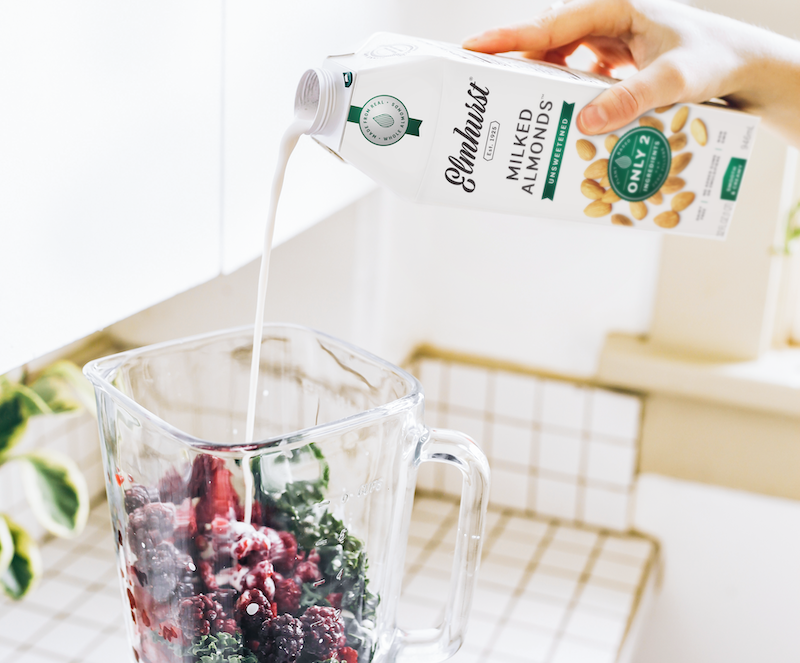 Elmhurst 1925
Elmhurst 1925
Not all oat milk products are created equally. Some brands explicitly label their products as containing whole grains, while others provide minimal information on their oat source or processing method. For instance, Elmhurst 1925 oat milk contains 20 grams of whole grain per serving and has received certification from the Whole Grains Council. Similarly, Willa’s oat milk highlights its use of organic whole grain oats with minimal processing. However, other popular oat milk brands may not specify their whole grain content, leaving consumers unsure of how much they contribute to daily intake goals.
While some oat milk options retain whole grain benefits, the straining process removes the bran and some fiber, meaning it may not provide the same nutritional advantages as consuming whole oats directly. To meet the USDA’s recommended 48 grams of whole grains per day, a person would need to drink approximately 24 ounces (three cups) of oat milk, assuming each serving contains 20 grams of whole grains.
How oat milk fits into a balanced diet
Like whole grain oats, oat milk offers a unique nutritional profile, especially when compared to dairy milk and even other plant-based alternatives. A typical cup of unsweetened oat milk provides approximately 120 calories, five grams of fat, 16 grams of carbohydrates, two grams of fiber, seven grams of sugar (varies by brand and formulation), and three grams of protein. Many commercial oat milk brands fortify their products with calcium, vitamin D, vitamin B12, and riboflavin, making them nutritionally comparable to dairy milk in key nutrients. However, oat milk tends to be lower in protein than cow’s milk and soy milk, which may be a consideration for those looking to increase their protein intake.
“Oat milk can be a part of a balanced diet for most people,” Milena Kaler, nutritionist and weight loss specialist, told GQ.
She says the frequency of consumption really depends on your individual dietary needs and preferences. “It’s essential to balance your overall diet with a variety of nutrient rich-foods for optimal health,” Kaler added.
While oat milk can contribute to whole grain intake, whole grains like brown rice, quinoa, whole wheat bread, and oatmeal provide higher fiber and nutrient density without the additional processing that oat milk undergoes. Incorporating oat milk into a diet that already contains these whole grains ensures a well-rounded nutrient intake without sacrificing the benefits of fiber-rich foods.
BECOME A VEGNEWS VIP: Get exclusive product deals, freebies, and perks galore!
Pairing oat milk with nutrient-dense whole foods can maximize its benefits. For instance, using oat milk in smoothies with flaxseeds and chia seeds enhances omega-3 content while adding fiber. Incorporating oat milk into whole grain cereal or oatmeal helps reinforce its nutritional benefits while making meals more flavorful and satisfying. Additionally, oat milk can be used in plant-based baking, adding a creamy texture while still complementing fiber-rich ingredients like whole wheat flour. “Regardless of what type of foods you prefer,” Waring says, “covering half the plate with green veggies, quarter with lean protein (can be plant-based like beans or tofu), and a quarter with whole grains is a balanced approach.”
For more plant-based stories like this, read:
JUMP TO ... Latest News | Recipes | Guides | Health | Subscribe
